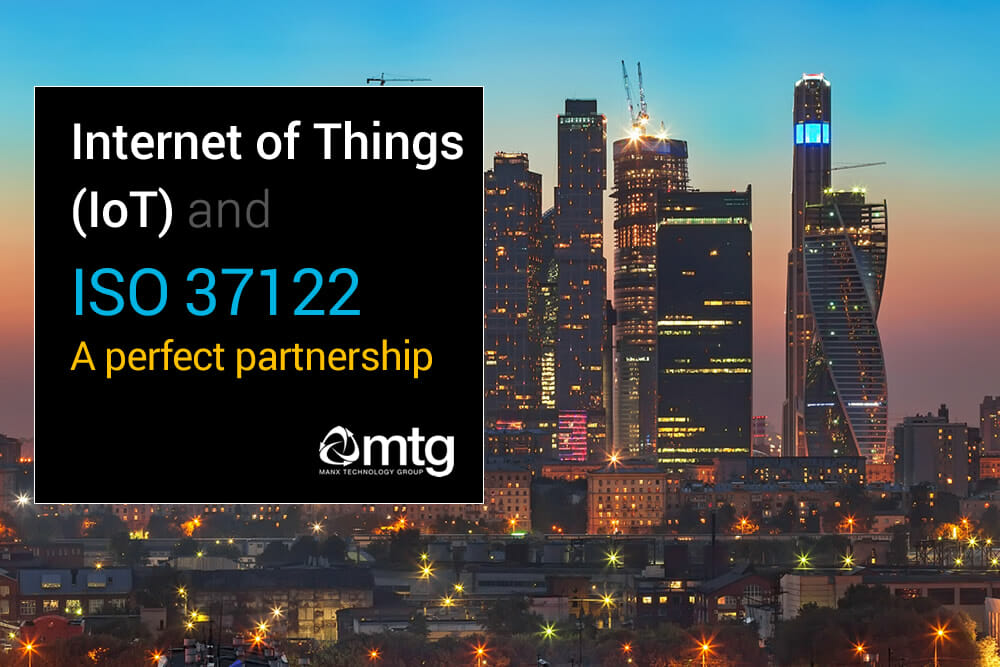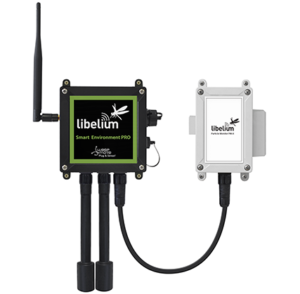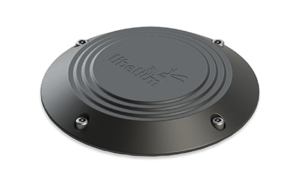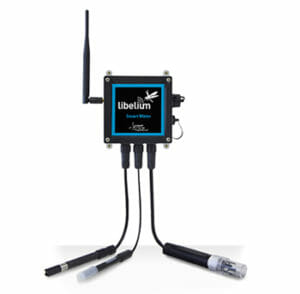
In this blog post, we look at how Internet of Things (IoT) and Smart City technologies can form part of a successful ISO 37122 initiative. Smart City Indicators such as Energy, Environmental, Transportation, Waste and Water can all be measured using IoT technologies.
As the world’s population continues to grow; cities need to put in place measures that ensure sustainable growth, limit their environmental footprint and to ensure an adequate provision of utilities and services to the local population.
Building on the foundations of ISO 37120, ISO 37122:2019 was created specifically to address Smart Cities, and to measure performance and progress against a standardised framework. Cities embarking on an ISO 37122 journey can learn from others; sharing knowledge about the most effective initiatives, policies and technologies.
The population of the world’s cities has increased from 751 million in 1950, to 4.2 billion in 2018. What’s more, it’s expected to reach 6.7 billion by 2050
ISO 37122 Key Indicators
Internet of Things (IoT) technologies can be used to measure the valuable data points and indicators as required by ISO 37122, in areas such as:
- 8 – Environment and Climate Change
- 16 – Solid Waste
- 19 – Transportation
- 22 – Wastewater
- 23 – Water
In this blog post, we look at specific indicators contained within ISO 37122:2019, where IoT technology can be used to undertake both periodic and real-time measurements.
8 – Environment and Climate Change
8.2 – Number of real-time remote air quality monitoring stations per square kilometre (km2)
The Libelium Smart Environment and Smart Cities systems can be used to measure air quality in real-time – as per 8.2 of ISO 37122. Using advanced sensors technology and a wide range of communications protocols (4G/LoRAWAN/Zigbee), the systems can measure particulates/PM, Carbon Monoxide, Ozone, NO2 and SO2.

The units are cost-effective, weatherproof and extremely low power – enabling them to operate on solar power alone, further enhancing the environmental credentials.
In addition to fixed monitoring stations; mobile air monitoring is possible with Smart Environment sensors and real-time wireless communication systems. You can learn more about our trials in this area here.
8.3 – Percentage of public buildings equipped for monitoring indoor air quality
The same methods used for outdoor air quality can be used to monitor the quality of indoor air. Temperature, humidity, ozone and particulates can all be tracked using the Libelium Plug & Sense systems. The importance of indoor air quality is not just limited to ISO 37122; it is an indicator used as part of the WELL standard (i.e. Well V2).
16 – Solid Waste
16.1 – Percentage of waste drop-off centres (containers) equipped with telemetering
A waste drop off centre or amenity site should include telemetering or waste sensor devices. The bin lorry routes should be optimised based on information relating to the utilisation of bins, skips or waste containers available to the community. IoT technologies such as load-cells and ultra-sound measuring devices can be used to measure the usage or fill-rate of a waste container.
4G and LoRA GPS tracking devices can be used to provide geo-location data of facilities, that can be used for route optimisation by the waste fleet.
IoT technology has been proven to work in mobile vehicles – we tested the technology in our IoT tech-trial vans.
16.2 – Percentage of the city population that has a door-to-door waste (garbage) collection with individual monitoring of waste quantities
Having sensors fitted to bins that report their utilisation in real-time enables city operators to optimise their waste collection routes; reducing emissions, enhancing fuel economies and reducing environmental impact. IoT ultra-sound sensors and load-cells can be used to measure a bin’s utilisation before transmitting the data back to the city or municipal council.
16.5 – Percentage of public garbage bins that are sensor-enabled public garbage bins
As with 16.1 and 16.2; 16.5 is focused on public garbage bins. The same IoT technologies can be used to measure utilisation before transmitting the data back. Accurate measurements prevent overflowing waste bins and optimise waste-collection activities.
19 – Transportation
19.8 – Percentage of public parking spaces equipped with real-time availability systems

Smart Parking addresses the needs of ISO 37122 Indicator 19.8. Libelium Smart Parking sensors use radar technology to provide real-time status of parking space occupancy. This data can be transmitted back for use in a real-time availability system.
Real-time parking will become increasingly important in the coming users. Fragmented eco-systems and apps should reduce, and industry-standards for parking should emerge. The UK Government is already working on such a standard that we discussed in a recent blog article.
22 – Waste Water
22.5 – Percentage of the wastewater pipeline network monitored by real-time data-tracking sensor systems
Libelium IoT systems can be used to measure the pH levels and pressure of the wastewater pipeline systems, before real-time transmission to the city authority.
Wastewater pipeline monitoring can be used to detect unusual events, pipeline breaks, power or pump failures in the network.
23 – Water

23.1 – Percentage of drinking water tracked by real-time, water quality monitoring stations
Smart Water sensors can be used to measure drinking water quality in real-time, with a wide range of measurements including turbidity, organic matter, minerals, acidity, chemicals and biological factors.
Smart Water systems can be distributed throughout a city with real-time wireless communications back to a central point. A municipality can quickly identify the degradation of drinking water quality and act rapidly.
23.3 – Percentage of the city’s water distribution network monitored by a smart water system
Smart Water is a crucial technology within the IoT ecosystem. As with 23.1, the Smart Water system can measure a variety of indicators that contribute to a sound water distribution network. In addition to water quality; Smart water can measure flow-rates and water pressure.
Summary
Any city which has implemented ISO 37120/37122 or is embarking on a similar journey, needs to leverage IoT technologies. IoT technologies from Libelium not only ease compliance, but they significantly reduce the overhead and cost of manual measurements – helping achieve the goals underpinning a sustainable city, as set out in the standard.
A key advantage of Libelium technology is its maturity, reliability and rapid time-to-market; sensor networks can be deployed in quick succession using a range of communication protocols. Smart Water, Smart Cities and Smart Environment solutions handle many of the indicators contained within ISO 37122.
If you would like to learn more about how Libelium IoT solutions can assist your ISO 37120 and ISO 37122 goals; contact our solutions team sales@mtg.im, call +44 1624 777837 or complete our contact form.

